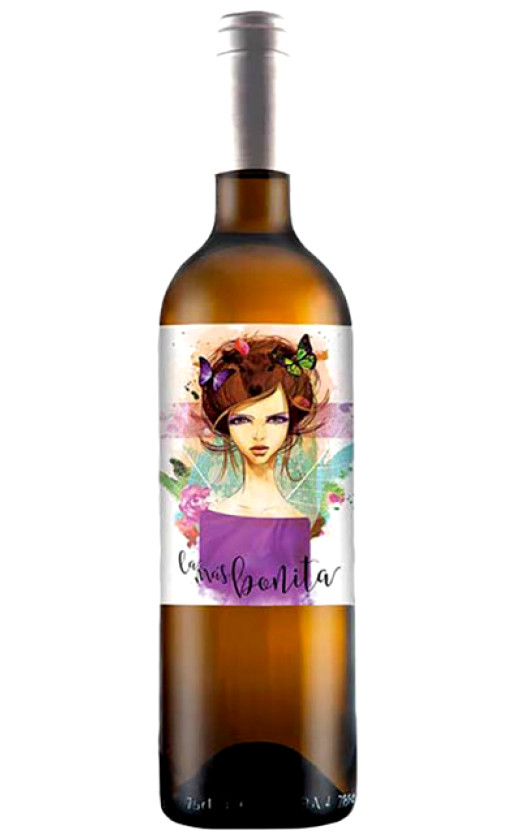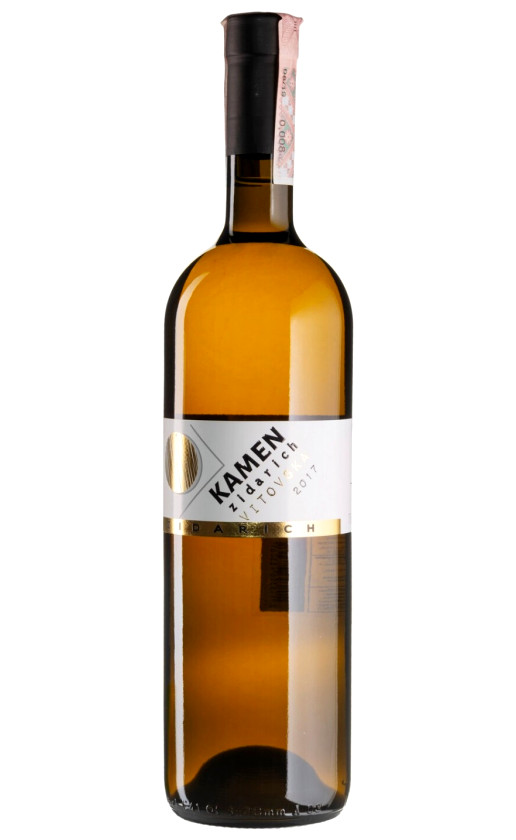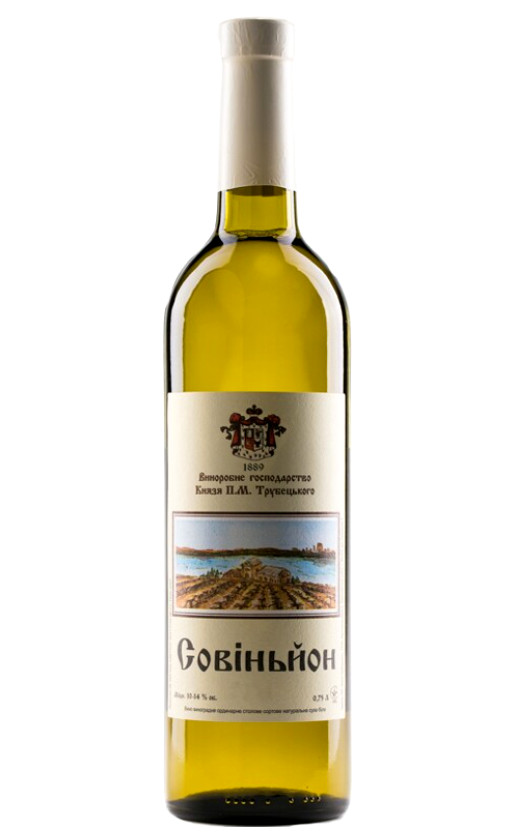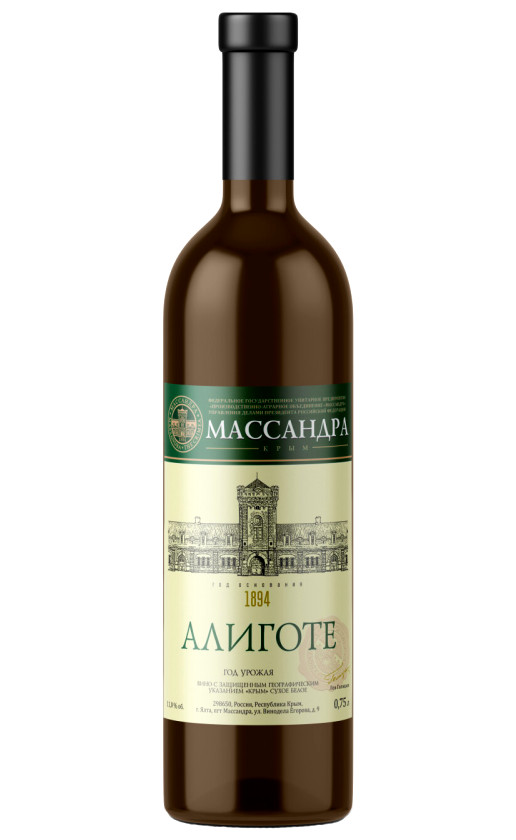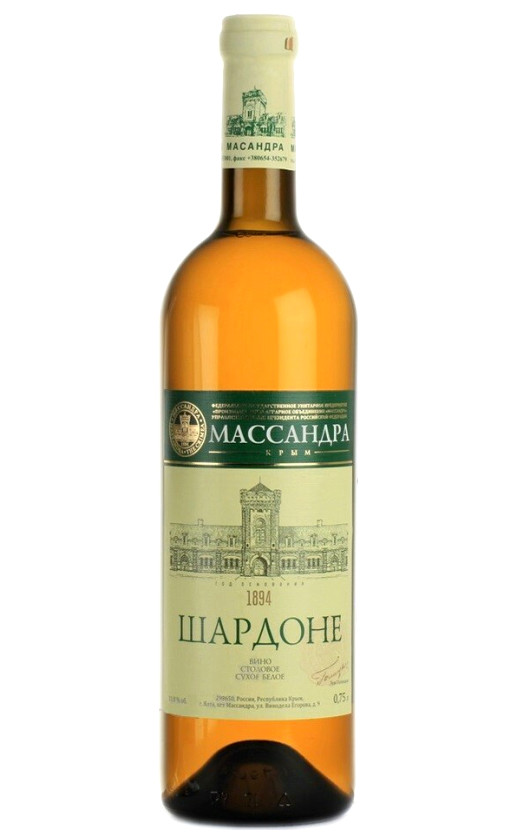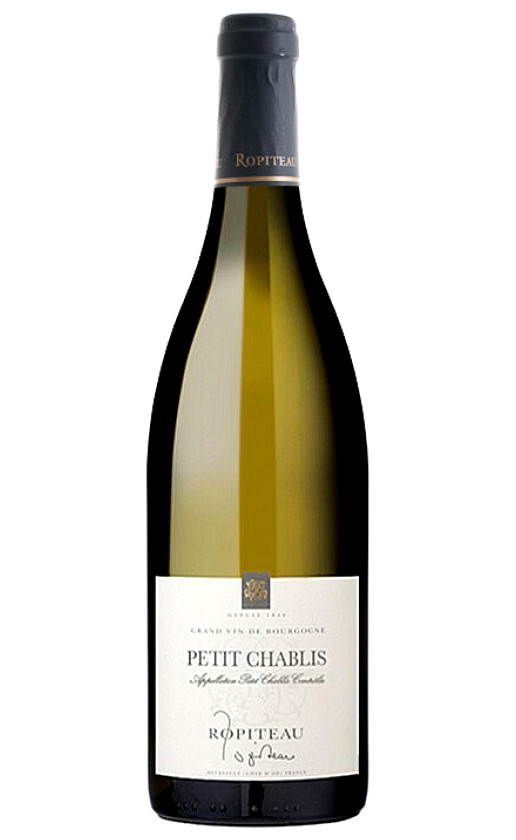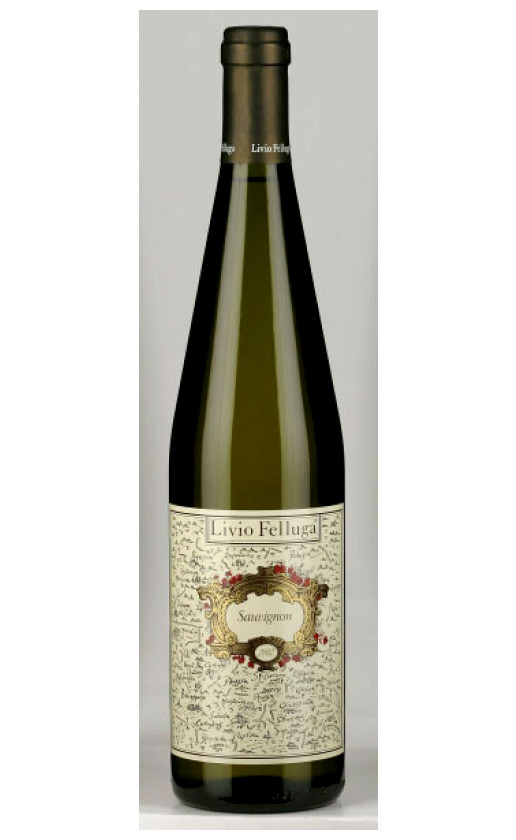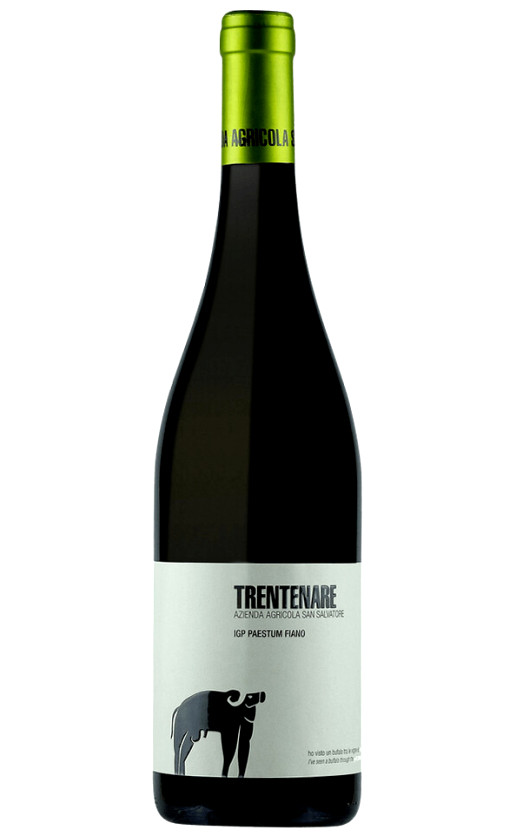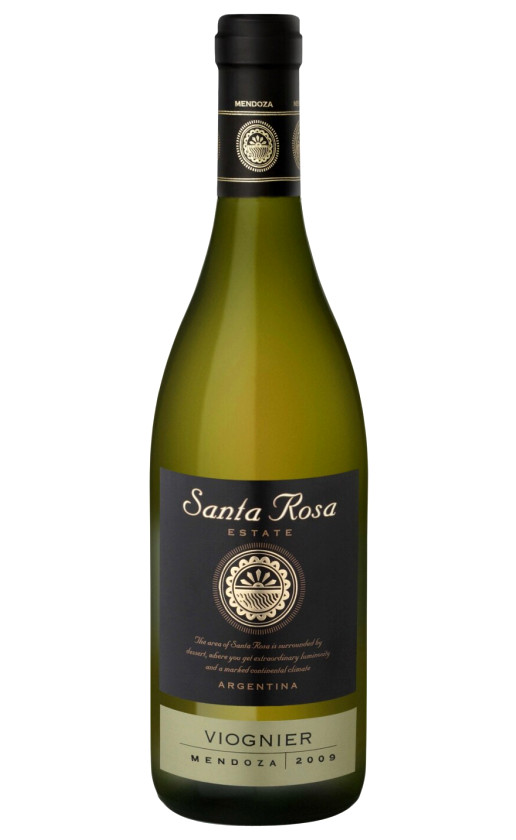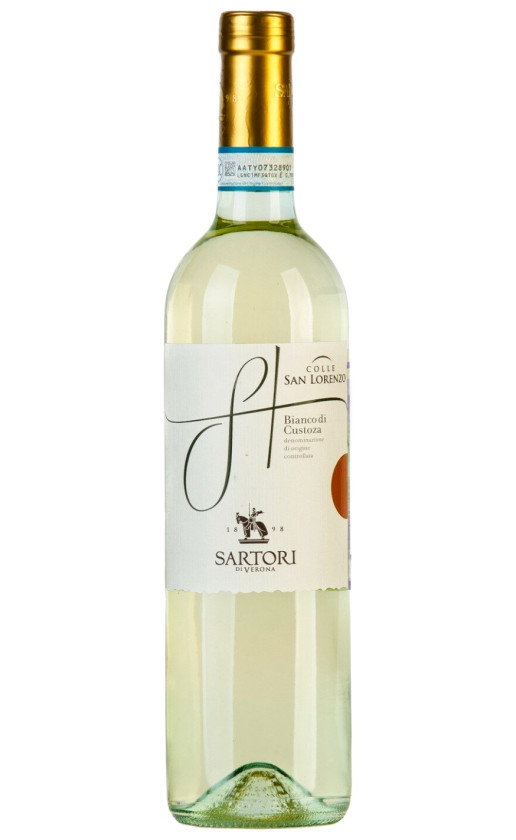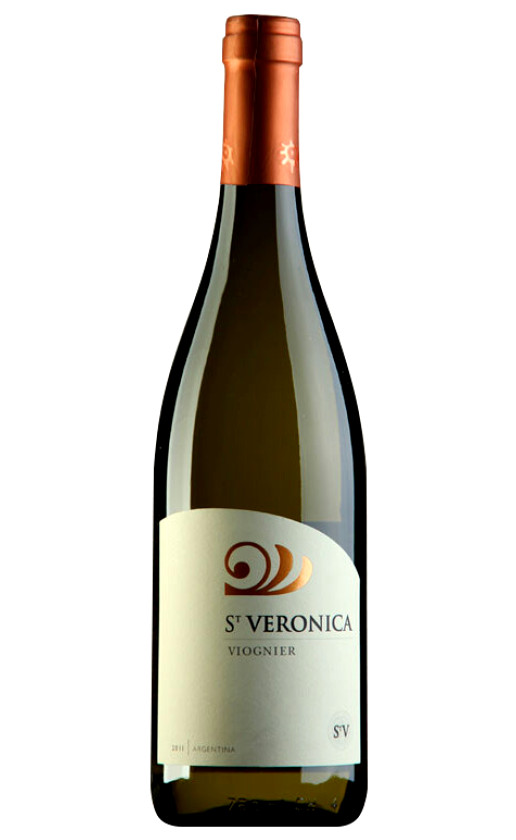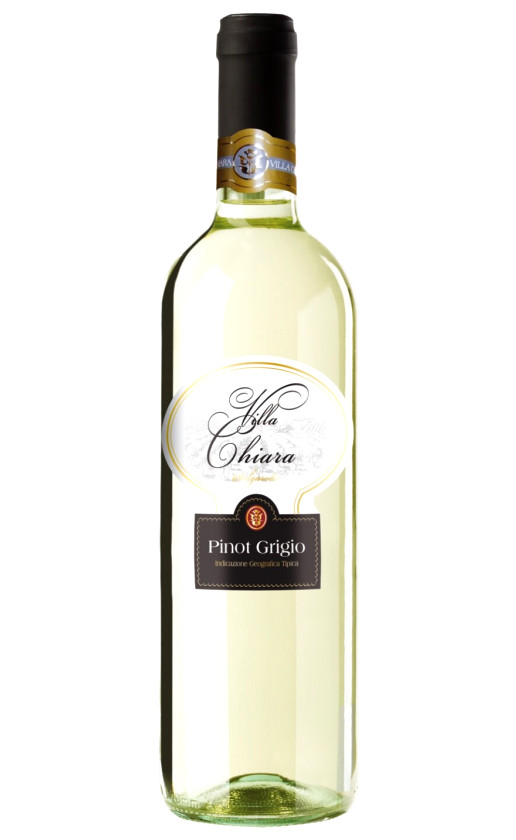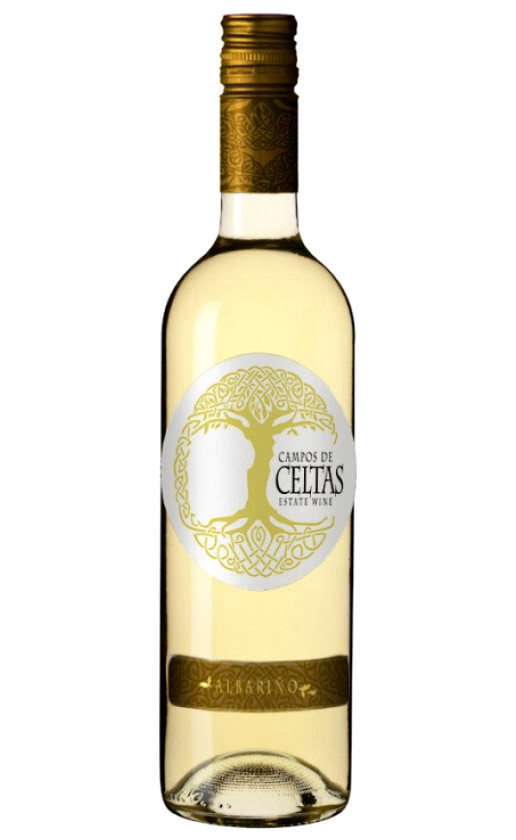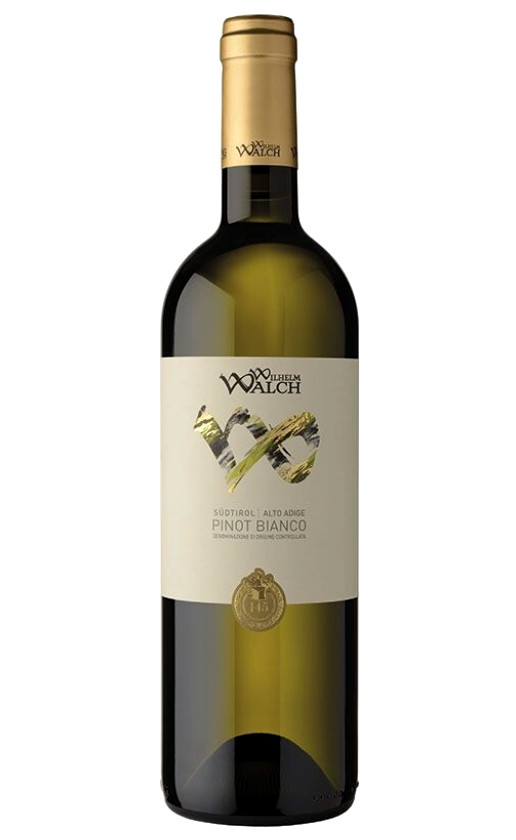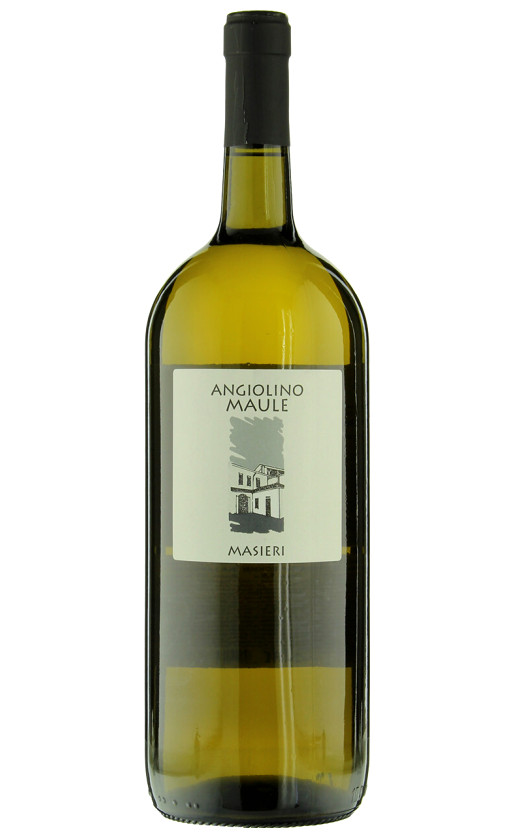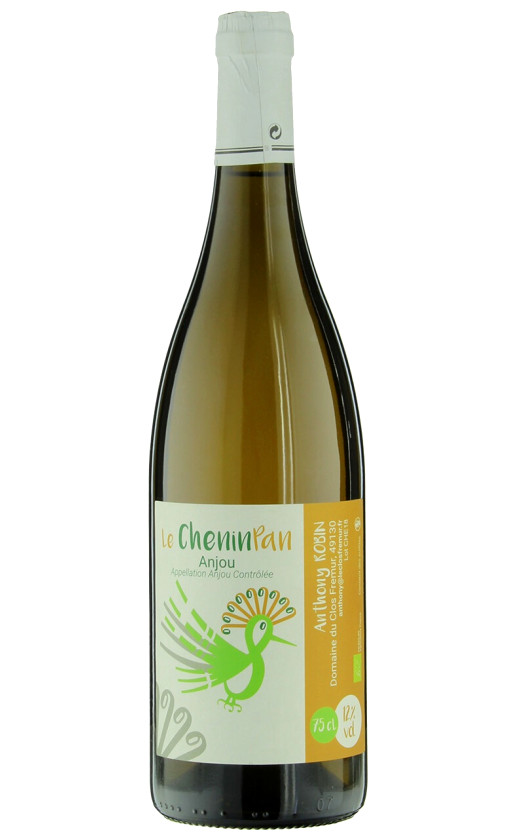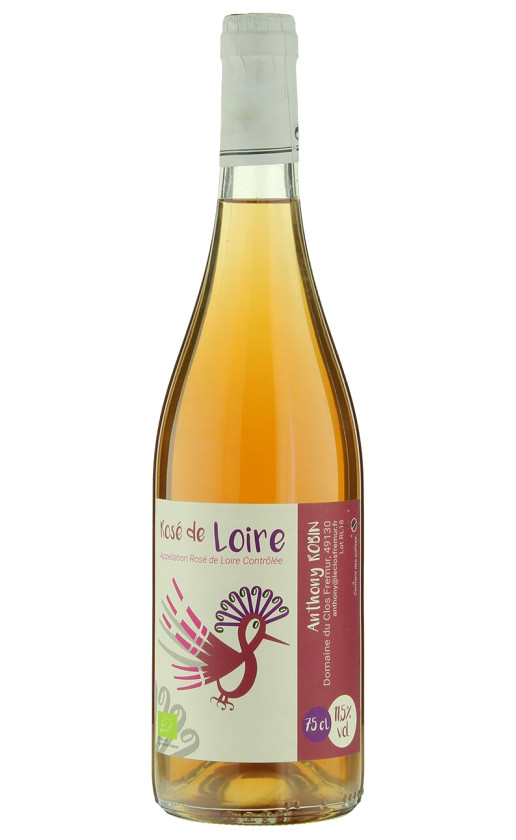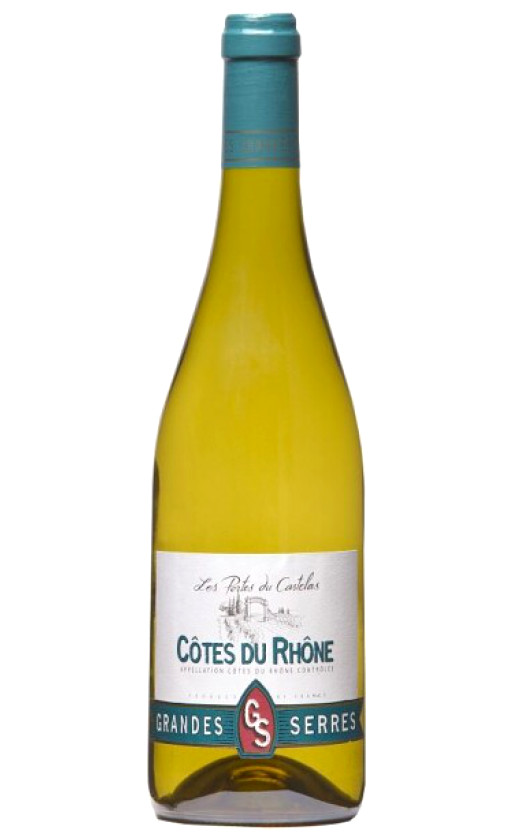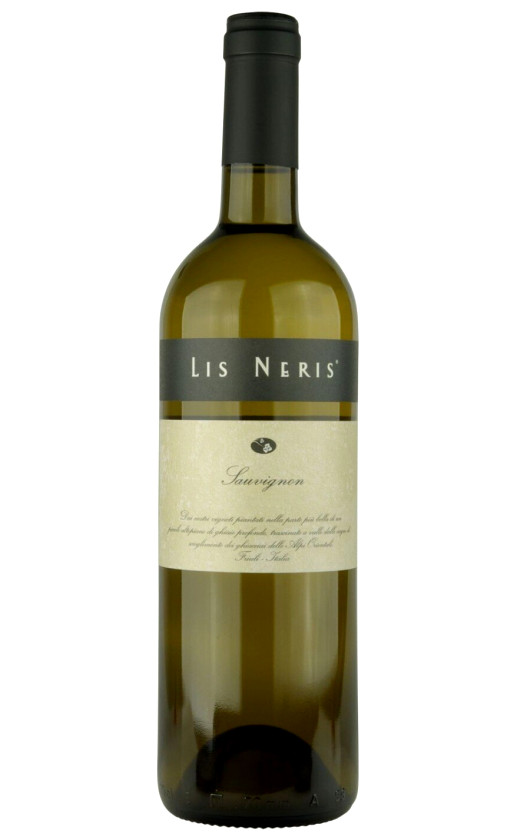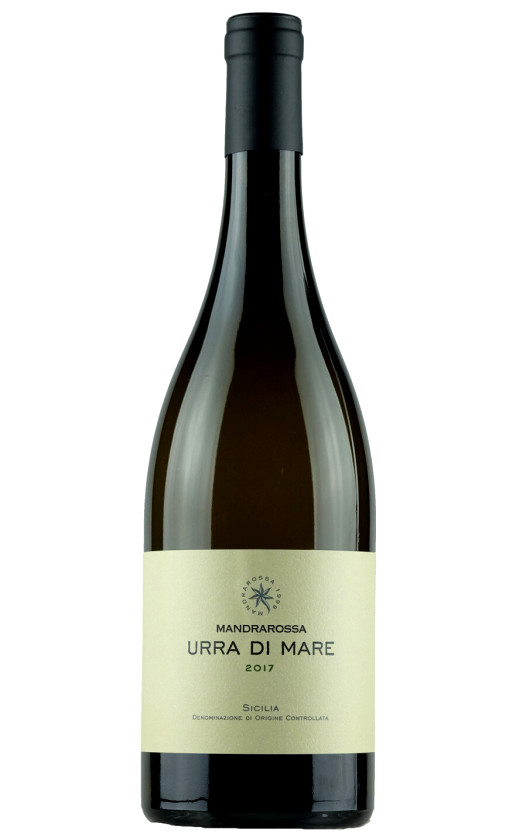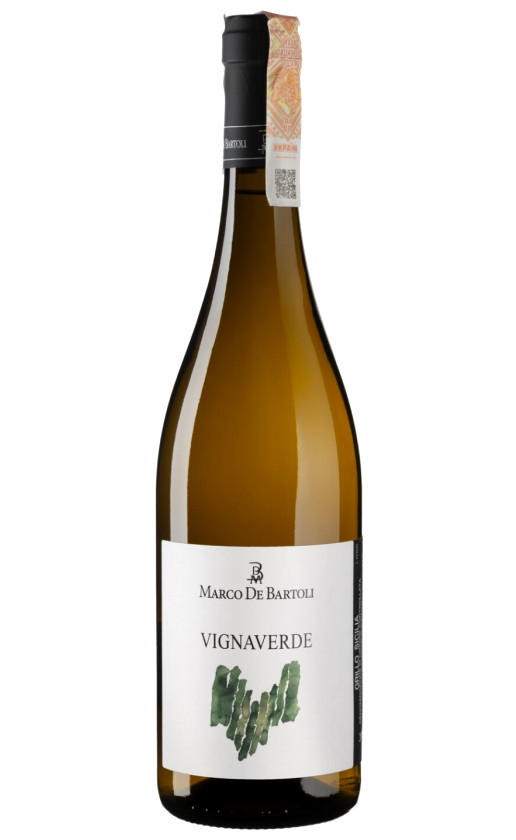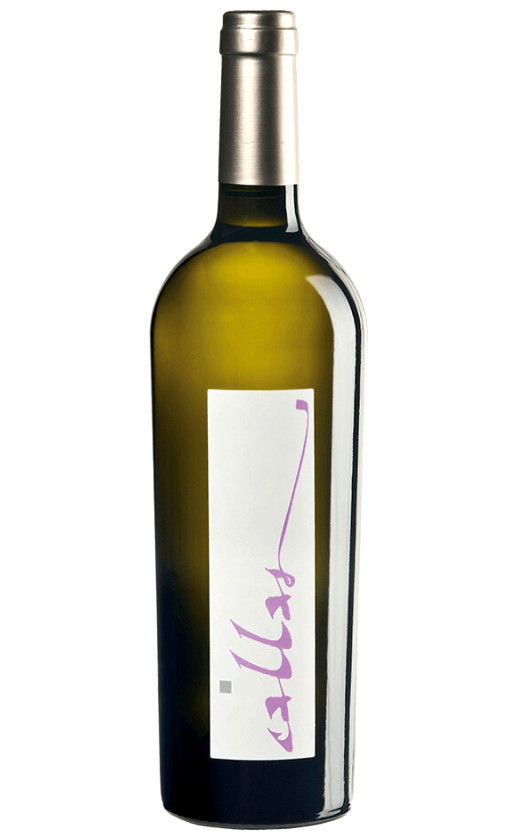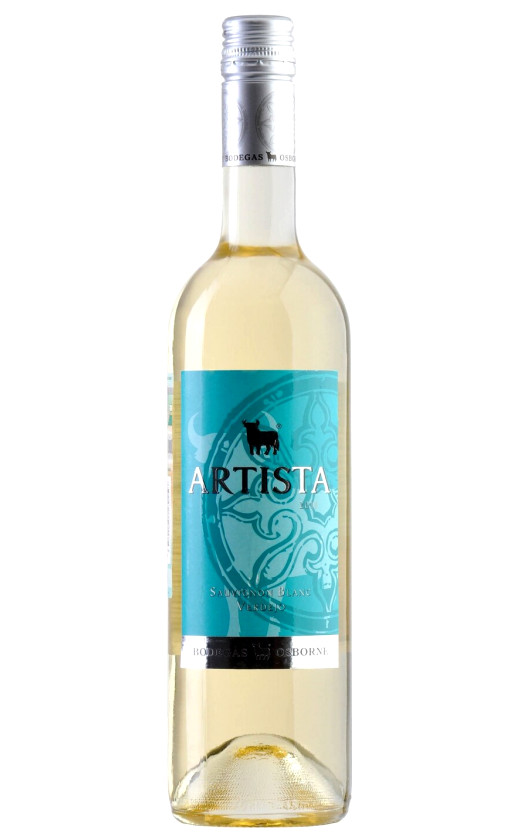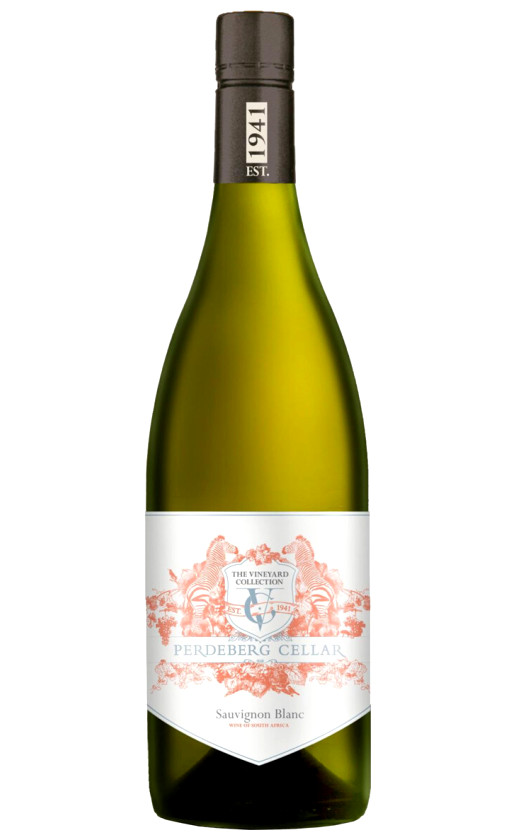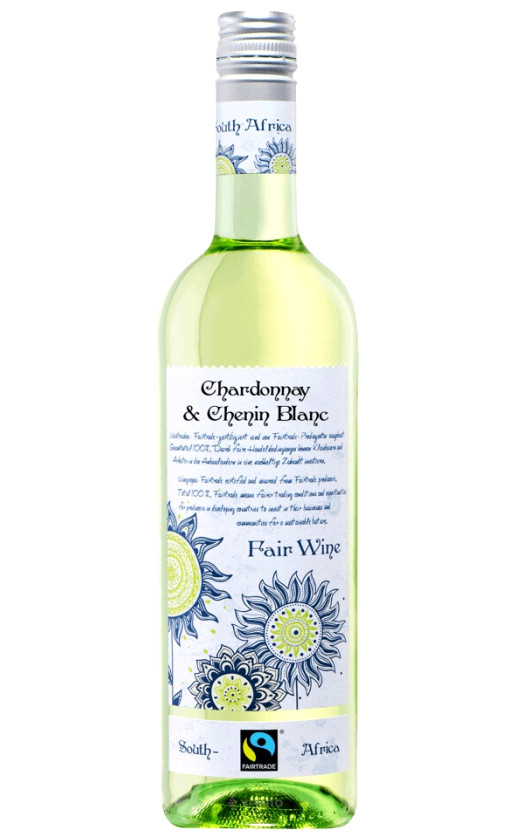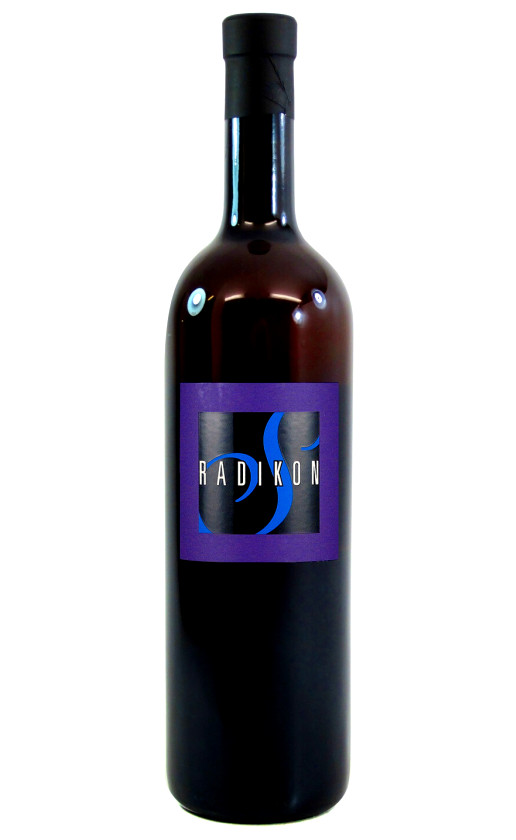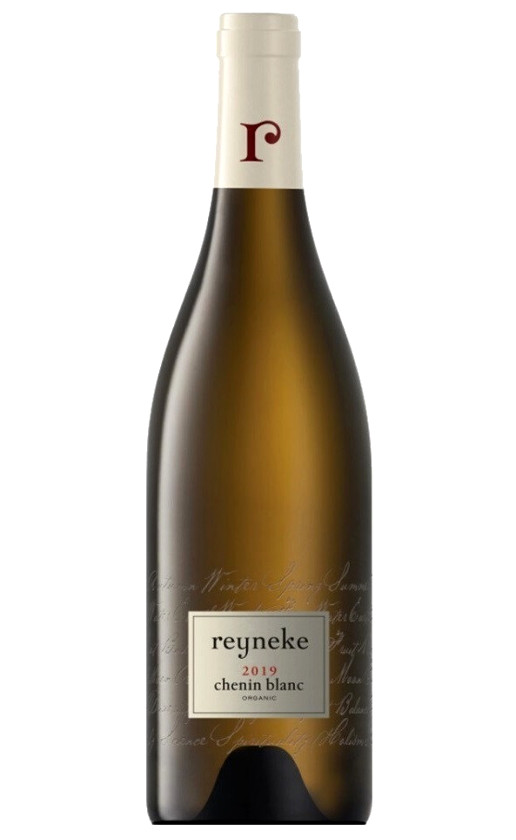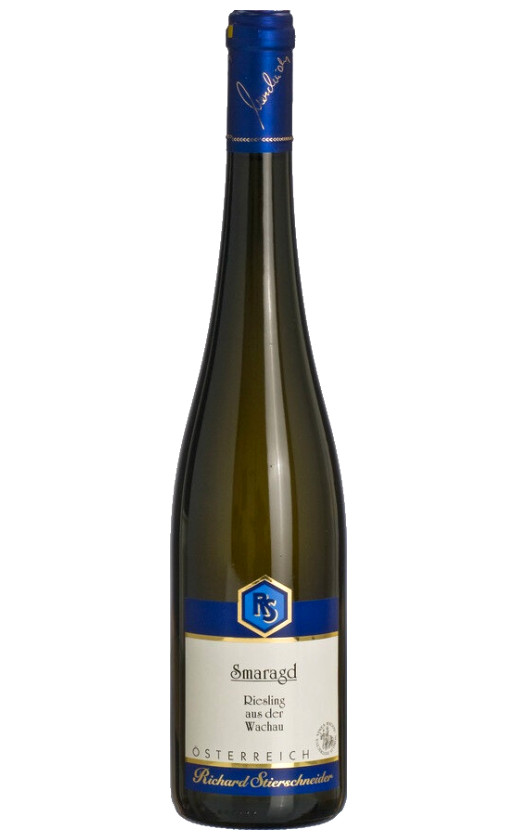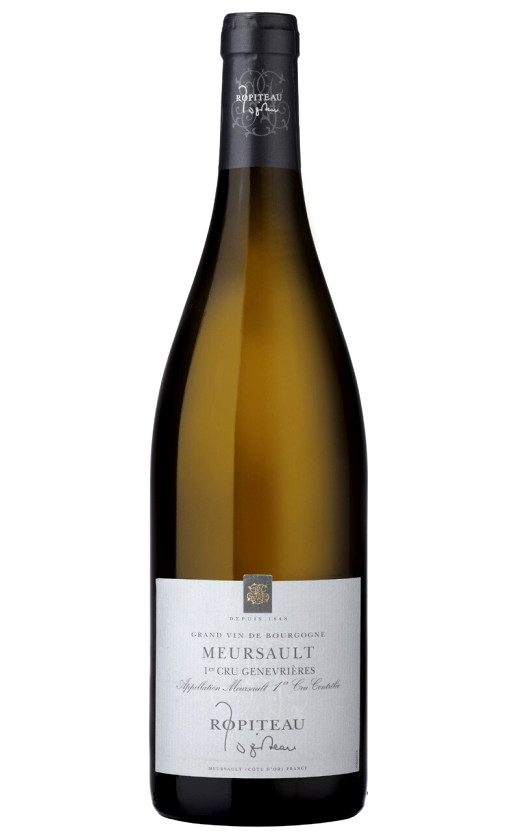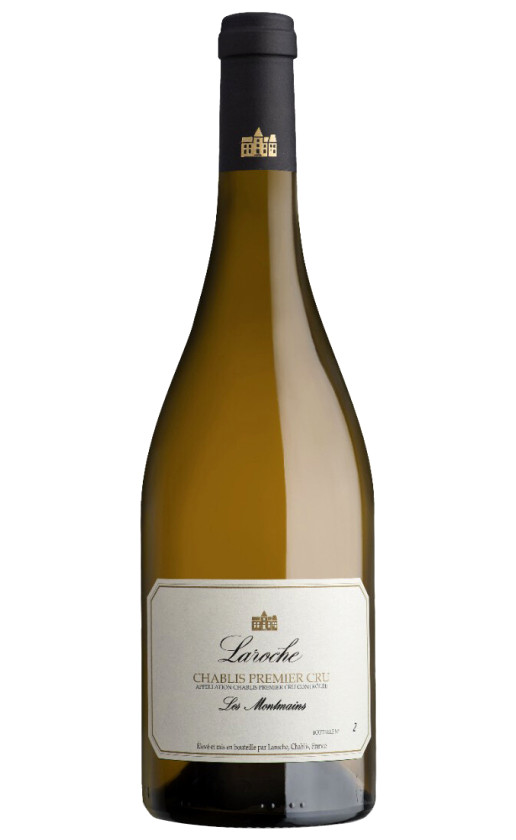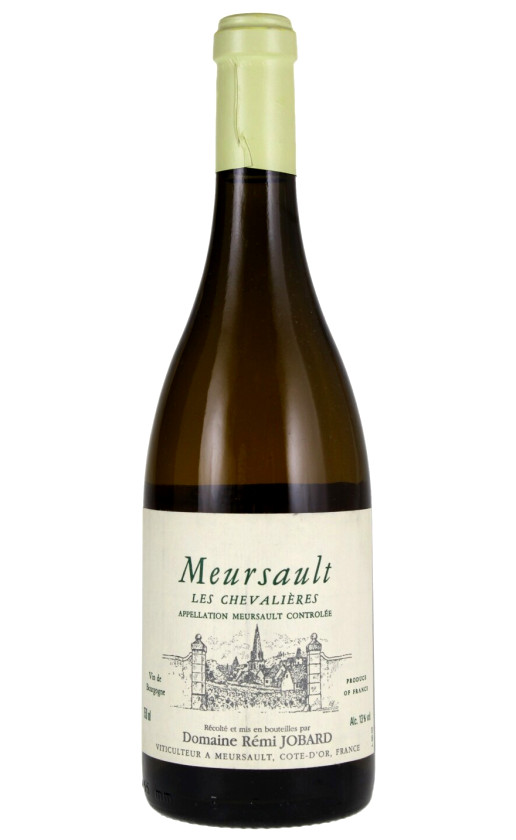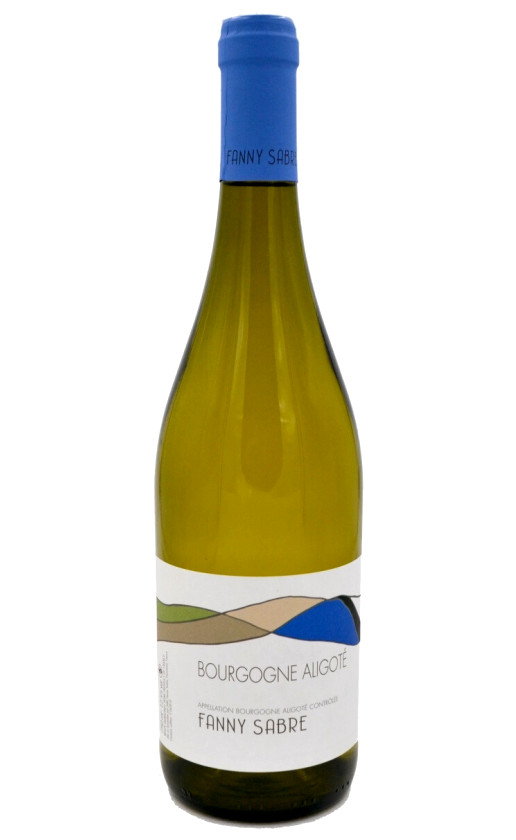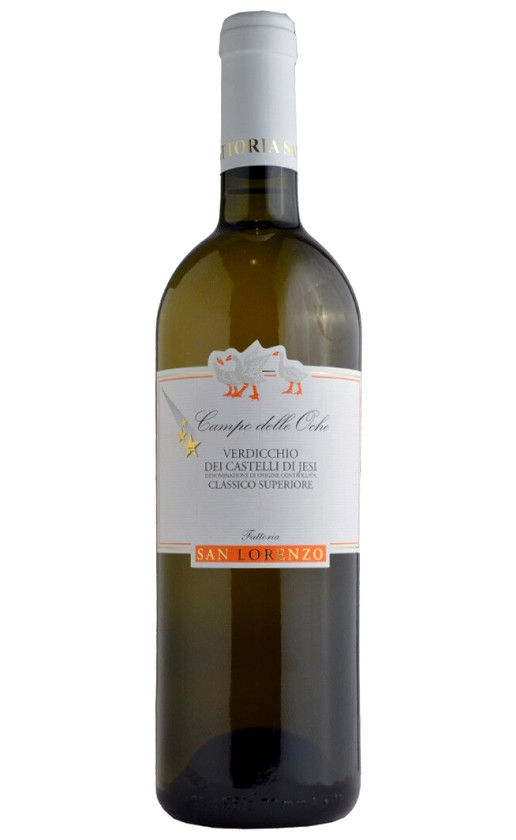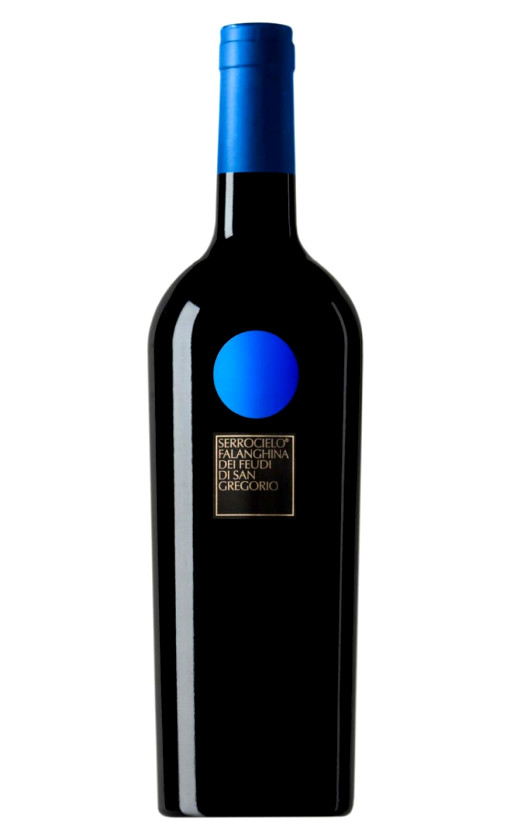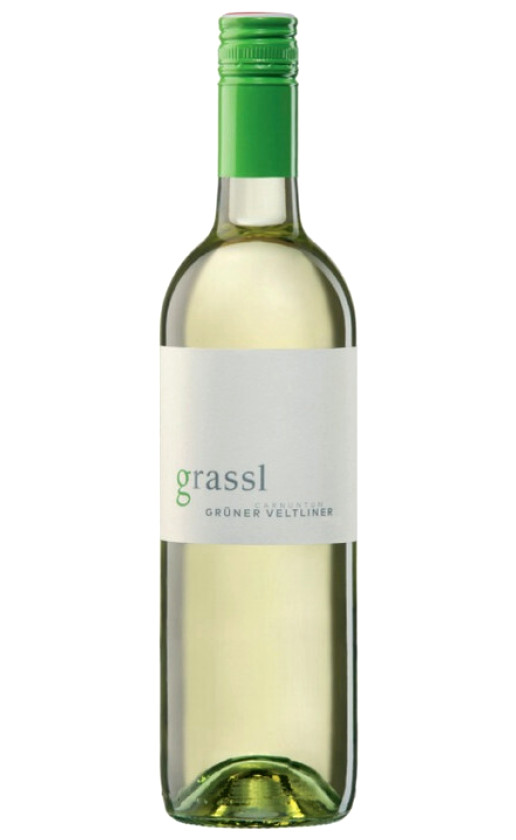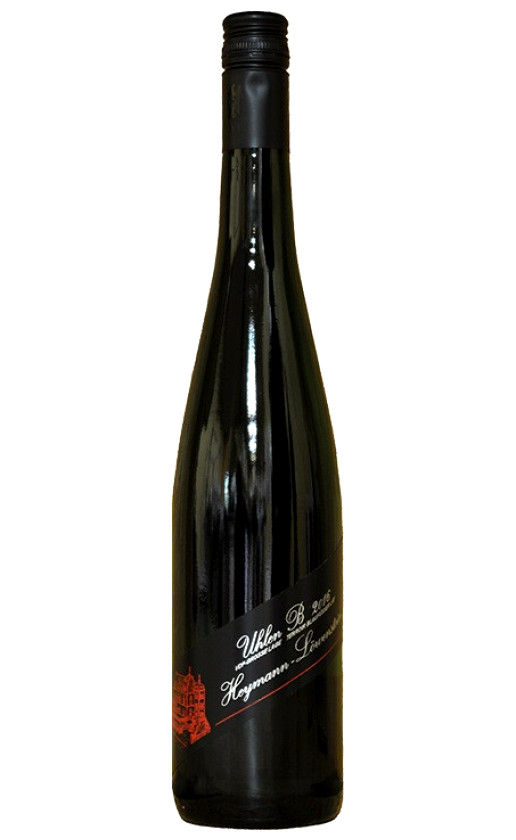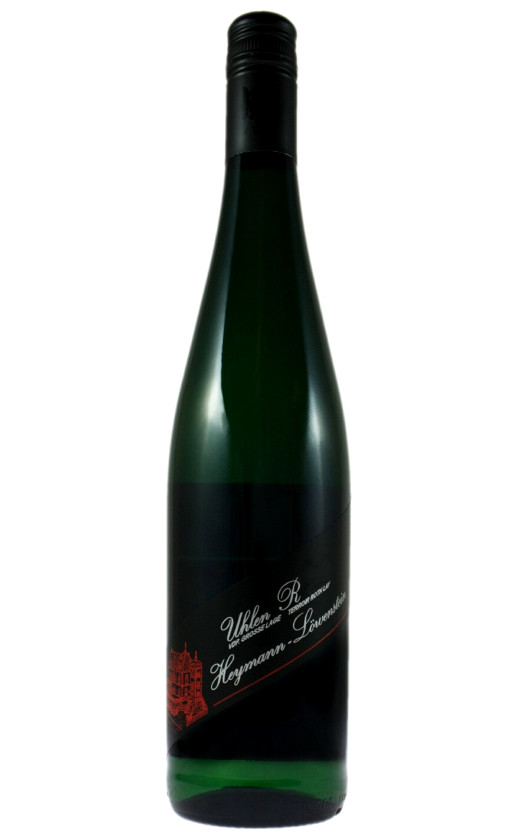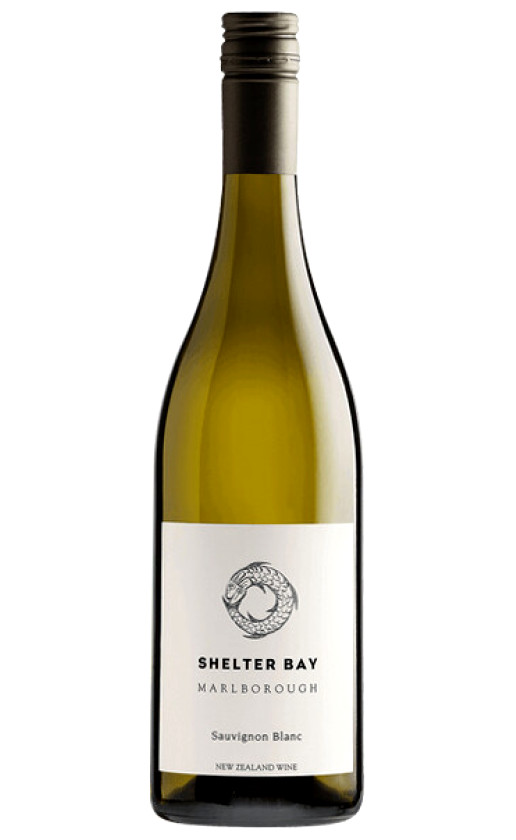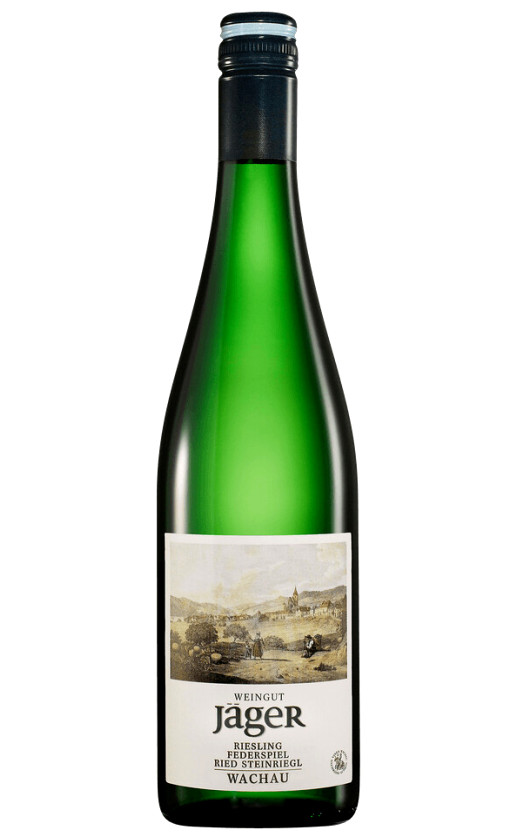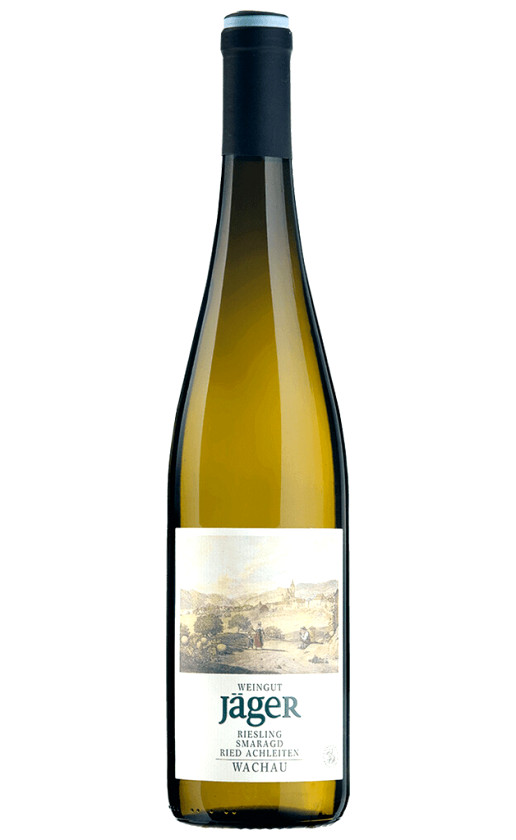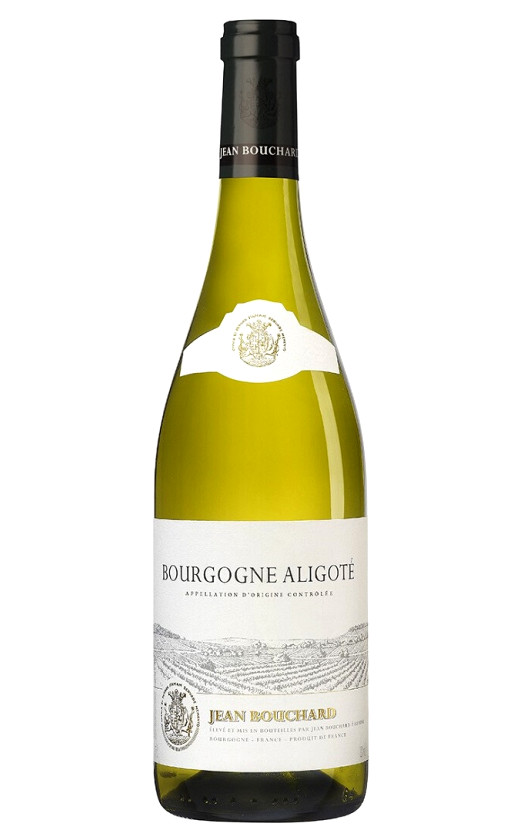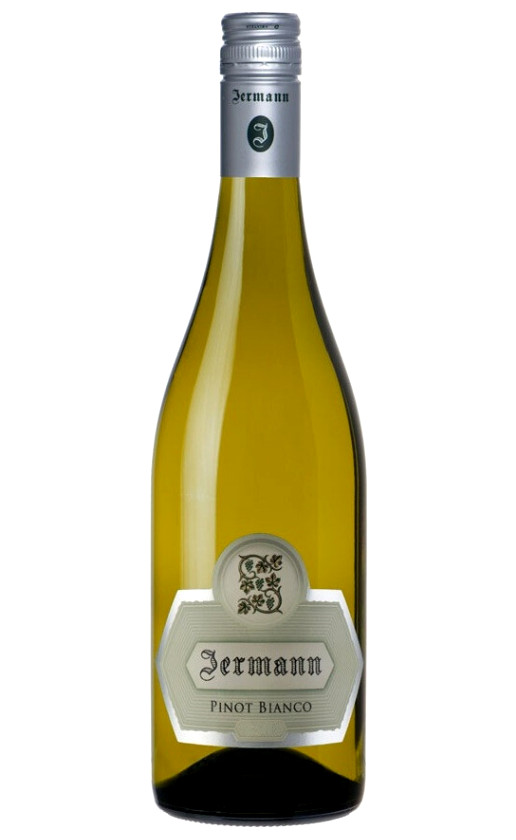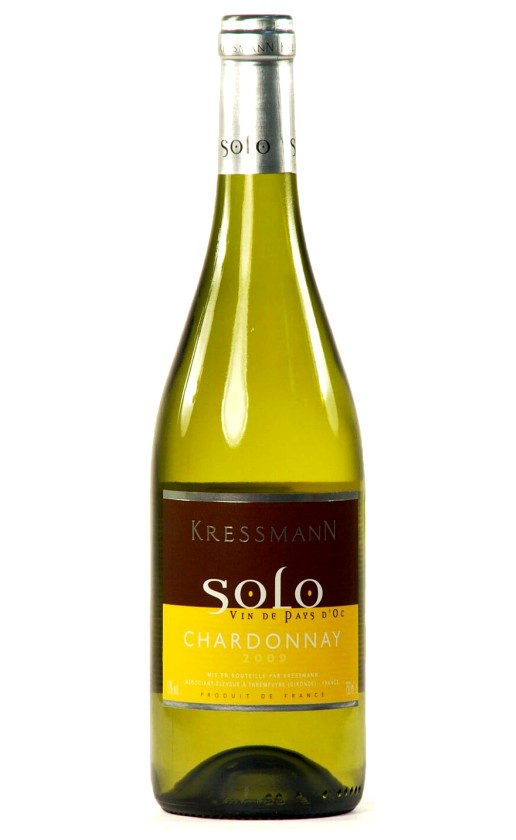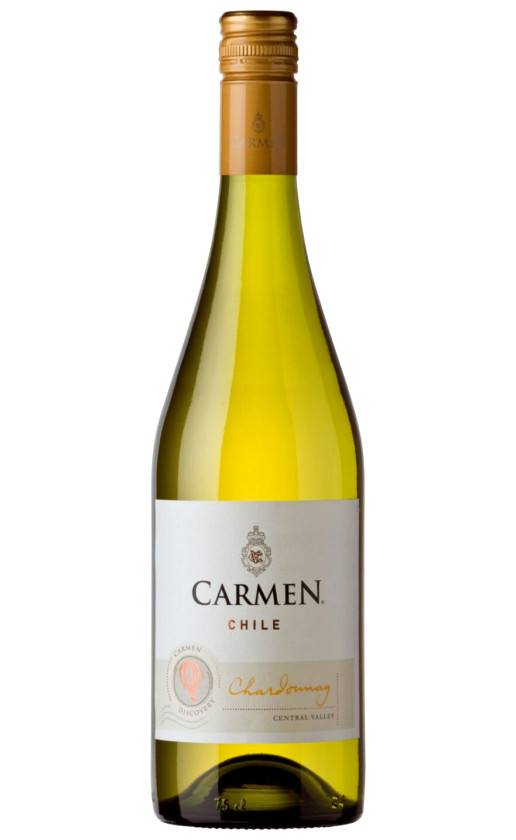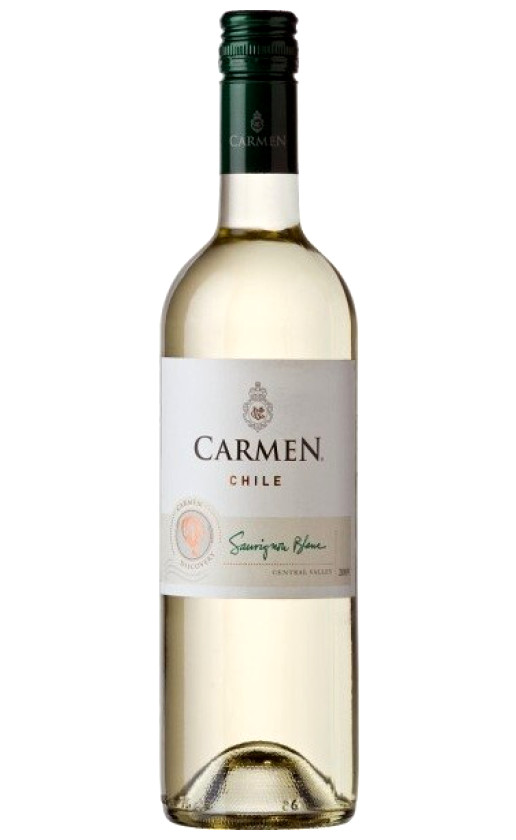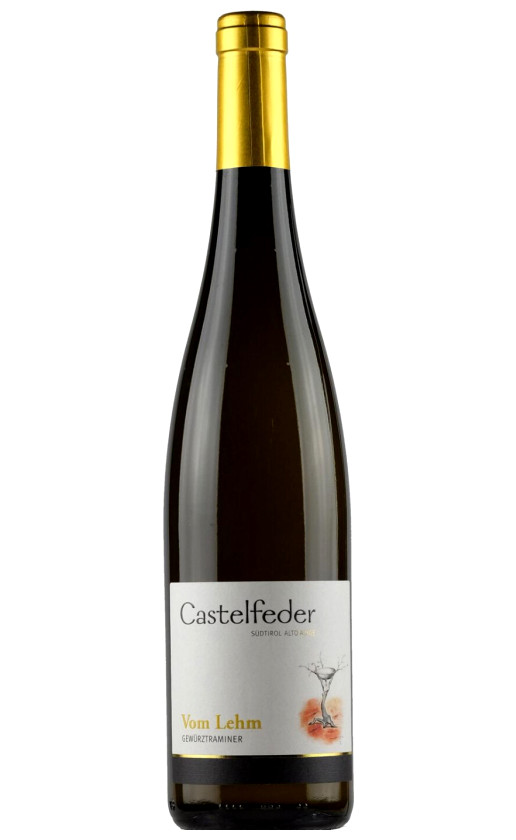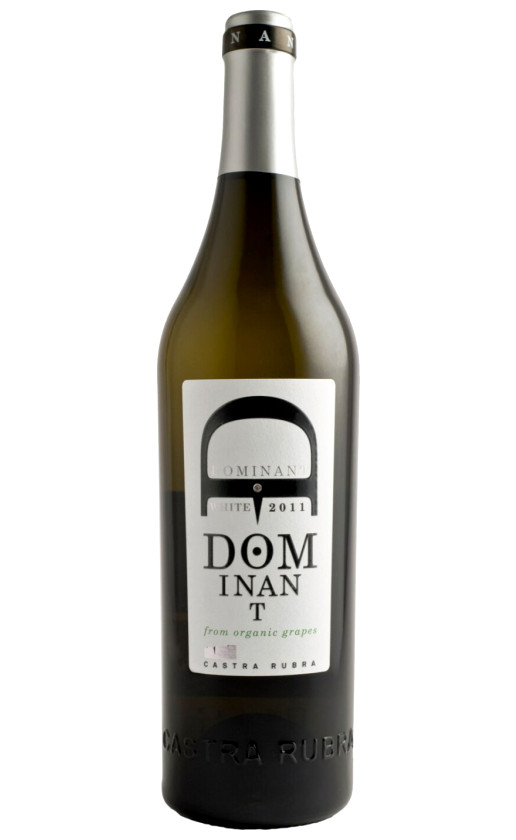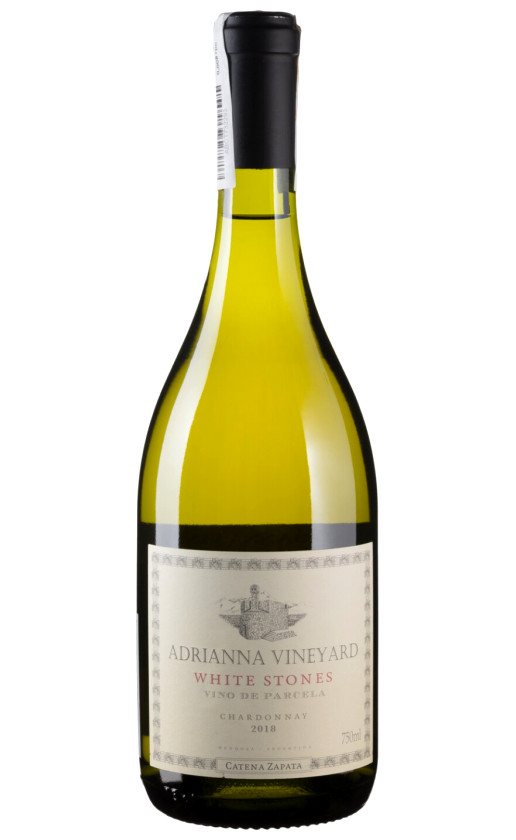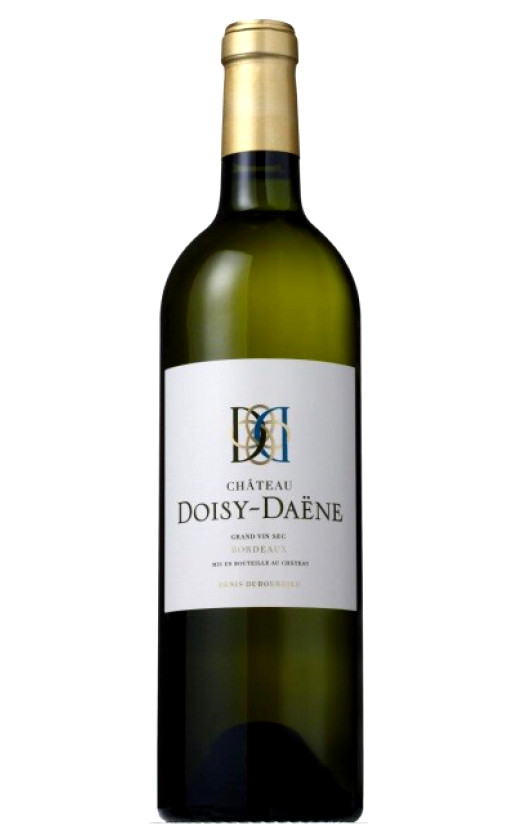White Dry Chardonnay - The World Famous Wine
The category offers a diverse range of white dry Chardonnay wines of different brands, strengths, and richness, which can satisfy any taste.
Vi.Wine provides a wide selection of wines at various prices, and you can choose the product you want from the store, taking into account the year of production.
The Malleability of Chardonnay Grape in Wine Production
Chardonnay white dry wine is produced in four main countries: France, USA, Australia, and Italy. The grape variety is very malleable and responds well to various winemaking techniques. Due to its versatility, many white dry wines with different flavors and aromas can be made from it. It is very rarely used in blends because it does not have strong aromatics of its own that would not be lost. The main differences between the production of white dry wine and other wines from this grape variety are:
- Long cold maceration up to 2-3 days
- Pressing and fermentation at low temperatures
- Aging for 3-4 months on a fine yeast sediment
- Allowed sugar content is 4 grams per liter
- Fermentation is carried out completely to obtain a dry wine with almost no residual sugar
Fragrant Assortment of White Dry Chardonnay
The best light, dry Chardonnay is aged in bottles, and the wine ages well because it contains many complex esters. Its flavors vary greatly by region and style. Chablis is acidic, without oak tones, light, and with underlined mineral notes. Chardonnay from the French Jura region has rich melon, pineapple, and apple flavors. California is dense, buttery, and has strong notes of oak. Australian Chardonnay has a full flavor, moderately dense, with notes of quince, peach, pineapple, and melon.
How to Spice up the Taste of White Dry Chardonnay with Food
A lighter style of Chardonnay can be paired with seafood or fish dishes, while a richer style of the variety can be paired with richer, denser fatty meat dishes, kebabs, steak, or grilled meats. Nordic refreshments like Chablis are good with pasta and young cheeses, pastries, or dessert. White dry Chardonnay is best served pre-cooled at 9-12 °C on a large glass with a wide bottom.
Chardonnay Grapes - The King of White Varieties
The Chardonnay grape is cultivated in all countries of the world where winemaking exists, and it belongs to the western group of varieties. It is very malleable and easily adapts to the climatic and soil conditions of the growing area. It is suitable for the production of dry drinks and can be grown in a very wide range of climates, from cool zones to moderately warm ones. In Russia, it is grown even in the Voronezh and Saratov regions, in shelter crops.
